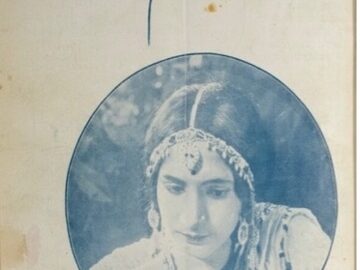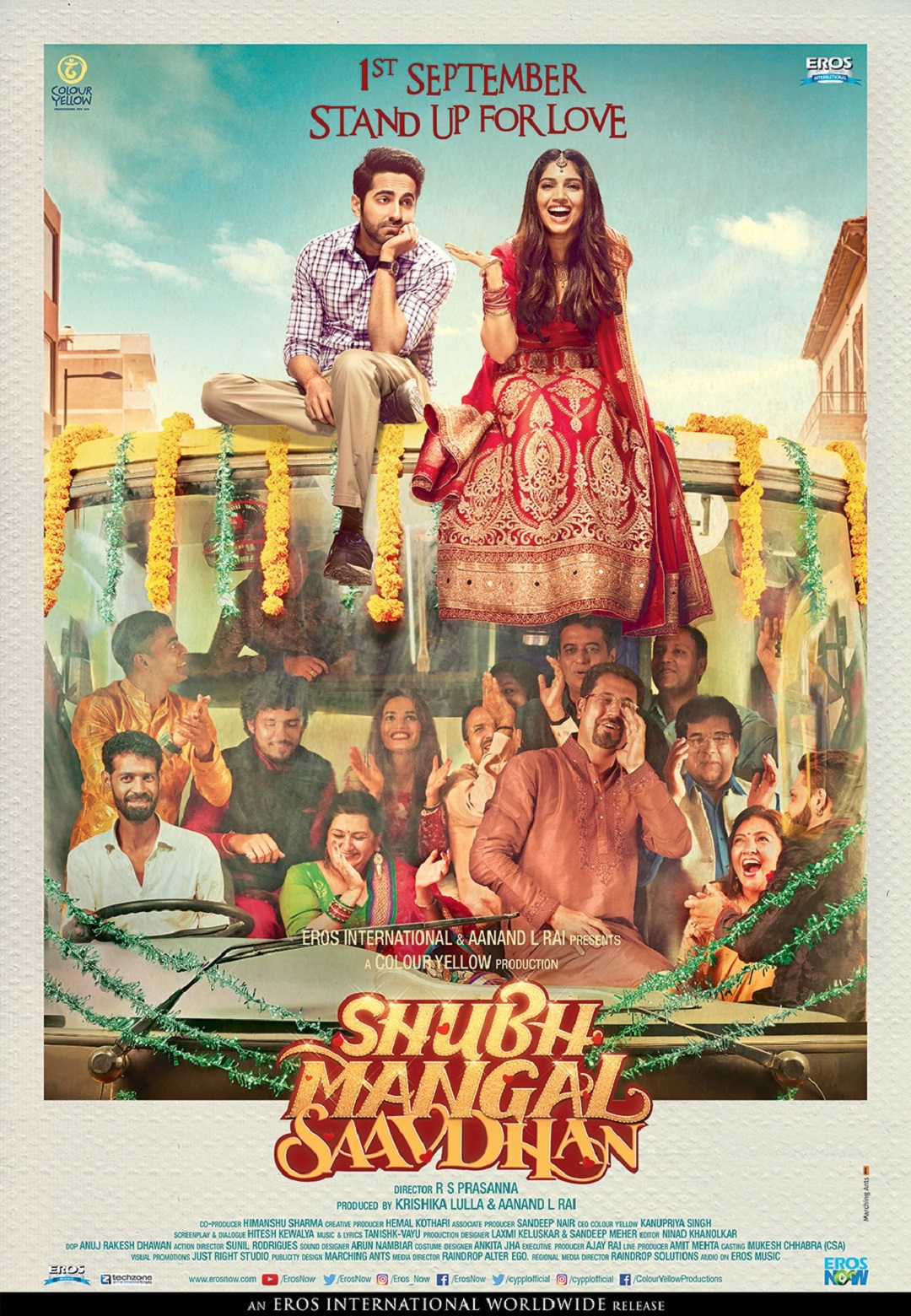
Since the 1990s, the Hindi film industry has undergone several transformations in response to socioeconomic and political changes in India. This is particularly a result of how the Indian nation-state and its film industries have entered into the global market. Though popular Hindi cinema has always circulated internationally through informal, ad hoc networks, during most of the twentieth century what was then known as Bombay cinema catered mostly to local audiences in India where it was central to producing a national identity. However, changes to production, financing, exhibition practices, and aesthetics from the 1990s onwards turned Bombay cinema into a globalized cultural industry in a process that film historian Ashish Rajadhyaksha refers to as “Bollywoodization.”1Ashish Rajadhyaksha, “The ‘Bollywoodization’ of the Indian Cinema: Cultural Nationalism in a Global Arena,” Inter-Asia Cultural Studies 4, no. 1 (2003): 25–39. To emphasize this transformation, today’s Hindi film industry is often referred to as “Bollywood” or, for films produced in the 2010s and later, “New Bollywood.” For many, New Bollywood likely conjures up images of song, dance, and melodramatic excess, but as a global cultural industry, New Bollywood addresses audiences across multiple different media and discourses that circulate on a variety of global, digital platforms, and in everyday, local visual culture. In this way, New Bollywood continues to play a crucial part in producing a commodified, national, cultural identity that can be easily consumed both nationally and globally.
A notable aspect of New Bollywood cinema is that it has created a space for gender and sexual identities that have traditionally been absent from mainstream Bombay cinema. In Indian society, nonnormative sexual and gendered subjects have a long history of stigmatization, marginalization, and criminalization because they were framed as “morally degenerate” – a view that was in large part shaped by the colonial era origins of many laws in India’s penal code that are still in use today. Concurrently with the changes in the film industry, the Indian state’s entrance into the global market has led to a de-territorialization of the nation-state. As a result, geographical location is no longer sufficient to produce a coherent national cultural identity for the state’s subjects. For this reason, as feminist scholar Rupal Oza has argued, cultural expressions of gender and sexuality have become subject to increased surveillance in recent years because they serve as crucial sites for demarcating and policing normative, national values at a time of intensified global cultural flows.2See Rupal Oza, The Making of Neoliberal India: Nationalism, Gender, and the Paradoxes of Globalization (New York: Routledge, 2006). In this context, New Bollywood’s foregrounding of nonnormative gender and sexual identities seems to be in direct contrast to culture’s role in policing gender and sexuality, yet attending to New Bollywood’s diverse local and global entanglements will illustrate how this global cultural industry sutures together heterogenous narratives of social inclusion, consumer citizenship, and national development.
In this essay, I examine the processes that allow New Bollywood to integrate seemingly subversive subjects and topics within a modern Indian cultural identity. For my analysis, I draw on examples from actor Ayushmann Khurrana’s filmography, his global brand as a star, and his participation in advertisements. Khurrana’s career largely overlaps with the rise of global, digital streaming platforms on which New Bollywood cinema can now be watched worldwide. Moreover, Khurrana’s filmography singularly highlights how New Bollywood has positioned itself as a nexus for grappling with anxieties about shifting gender and sexual identities in globalized India through social-message films. In an industry frequently critiqued for its nepotism, Ayushmann Khurrana is also notable for entering cinema as an outsider. In fact, much like the characters he plays, he hails from an ordinary middle-class family. As a result, Khurrana has developed an image, nationally and internationally, as a socially progressive man who at the same time is representative of an aspirational modern, middle-class subjectivity.
By using Khurrana and his filmography as a case study, I map New Bollywood’s wider entanglements with commodity culture and argue that New Bollywood plays a key role in developing a globally and locally meaningful image of the modern, Indian nation-state as technologically, economically, and socially advanced. My analysis further illustrates that this is made possible by framing the citizen as a socially responsible individual who takes charge of their own and the state’s development through consumption, a category that can encompass historically marginalized sexual and gendered subjects provided they have the financial means to do so.
New Bollywood and the Social-Message Film
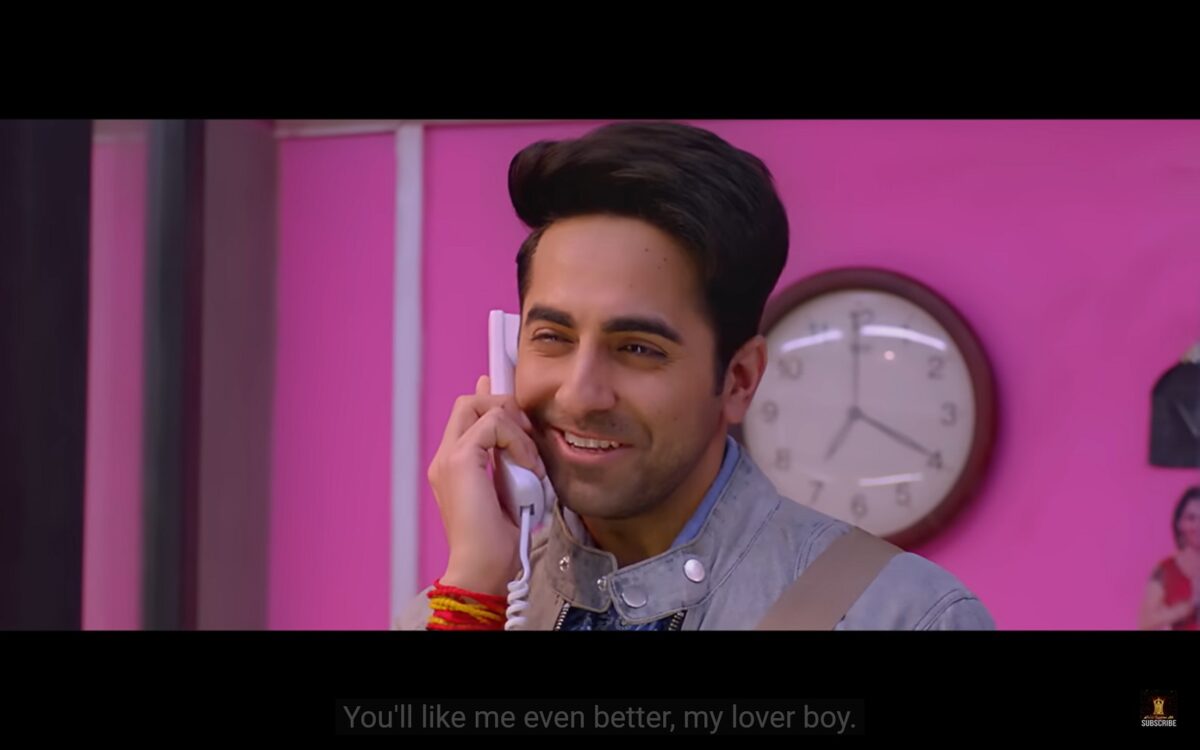
From the last decade (2010s) onward, New Bollywood has demonstrated a rising commitment to telling stories centering subjects and experiences that have previously been absent from mainstream cinema. No filmography demonstrates this more completely than Ayushmann Khurrana’s. Since his screen debut in 2012, Khurrana has become known for playing male characters who find themselves in unorthodox situations or who behave in nonnormative ways. His comedies highlight anxieties about shifting gender and sexual roles in India through themes such as sperm donation, infertility, erectile dysfunction, the performativity and fluidity of gender, geriatric pregnancy, premature balding, colorism, same-sex desire, and female health care. In Shubh Mangal Saavdhan (2017), a young man discovers that he has erectile dysfunction when he tries to have sex with his fiancée (fig. 1), whereas in Dream Girl (2019), Khurrana’s character vocally cross-dresses as a woman to work in a call center where his clients are mostly lonely men (fig. 2). Stories like these dramatize a meeting between imaginary, ordinary Indian subjects and new subjectivities and expressions of desire, gender, and sexuality. Narratively, the films negotiate these encounters within familiar vocabularies such as the family melodrama familiar from earlier Bombay cinema. In this way, New Bollywood allows audiences to understand historically marginalized subject-positions in relatable, humanizing terms, and it offers these subjects access to the imaginary of modern India through a shared cultural identity.
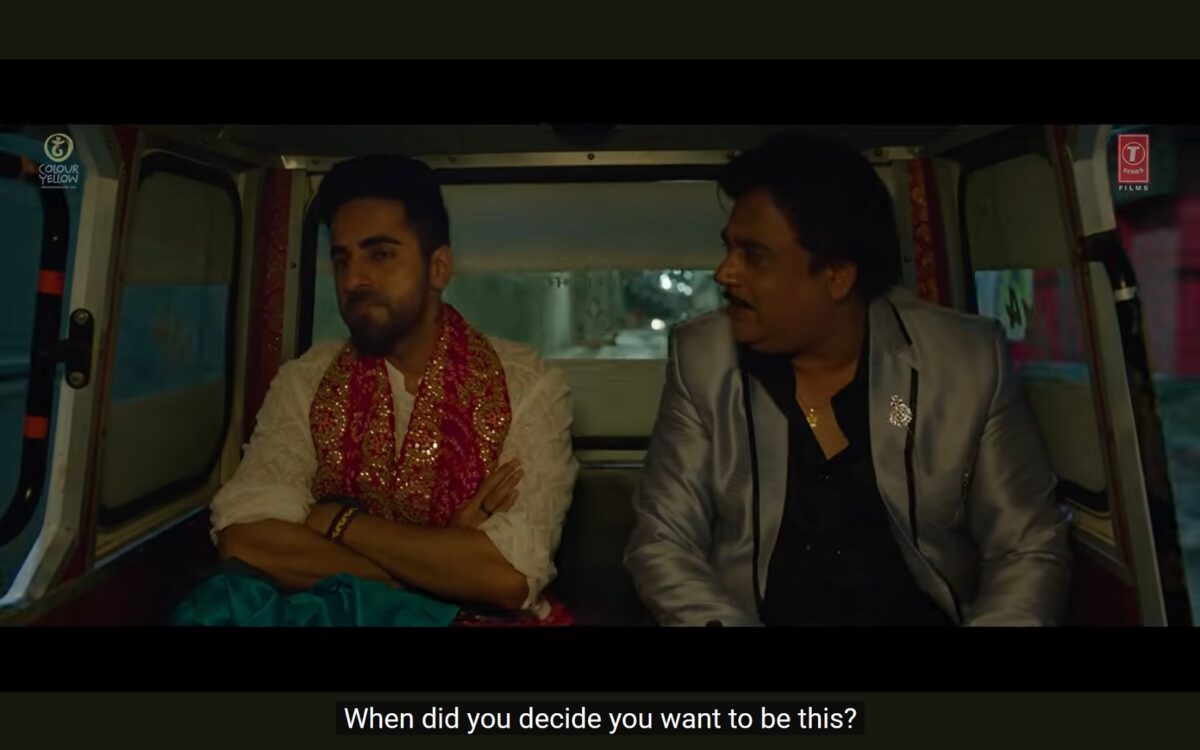
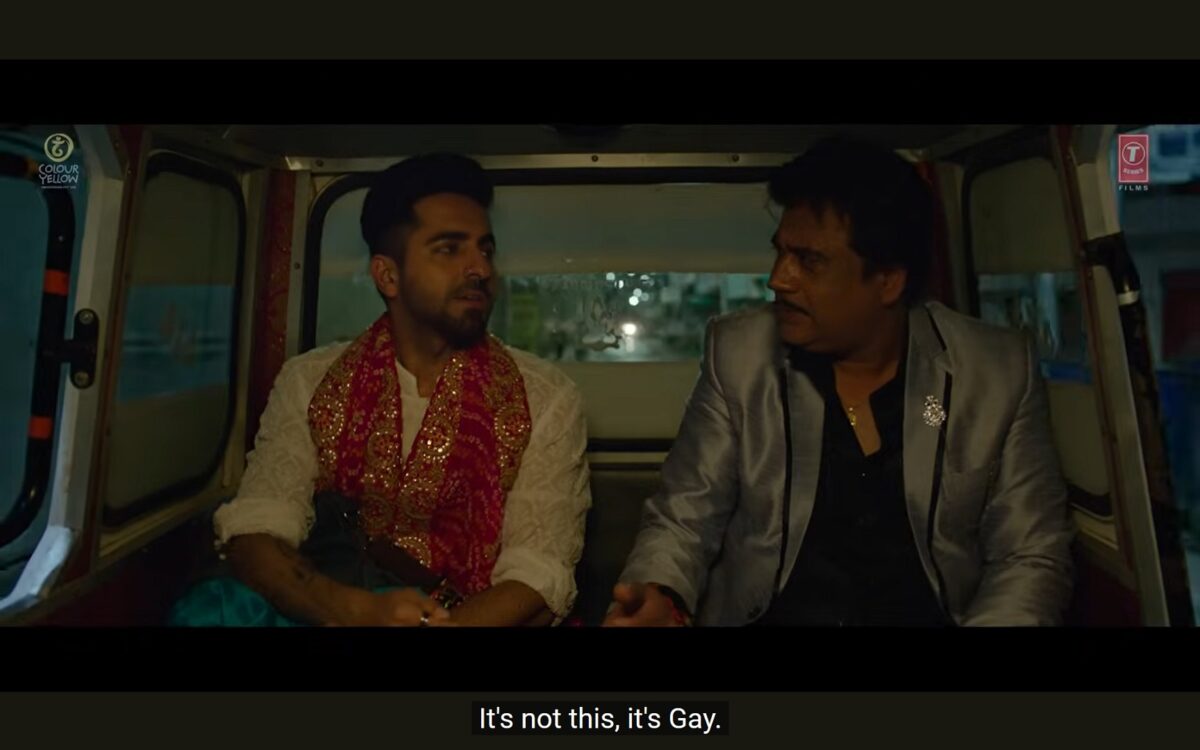
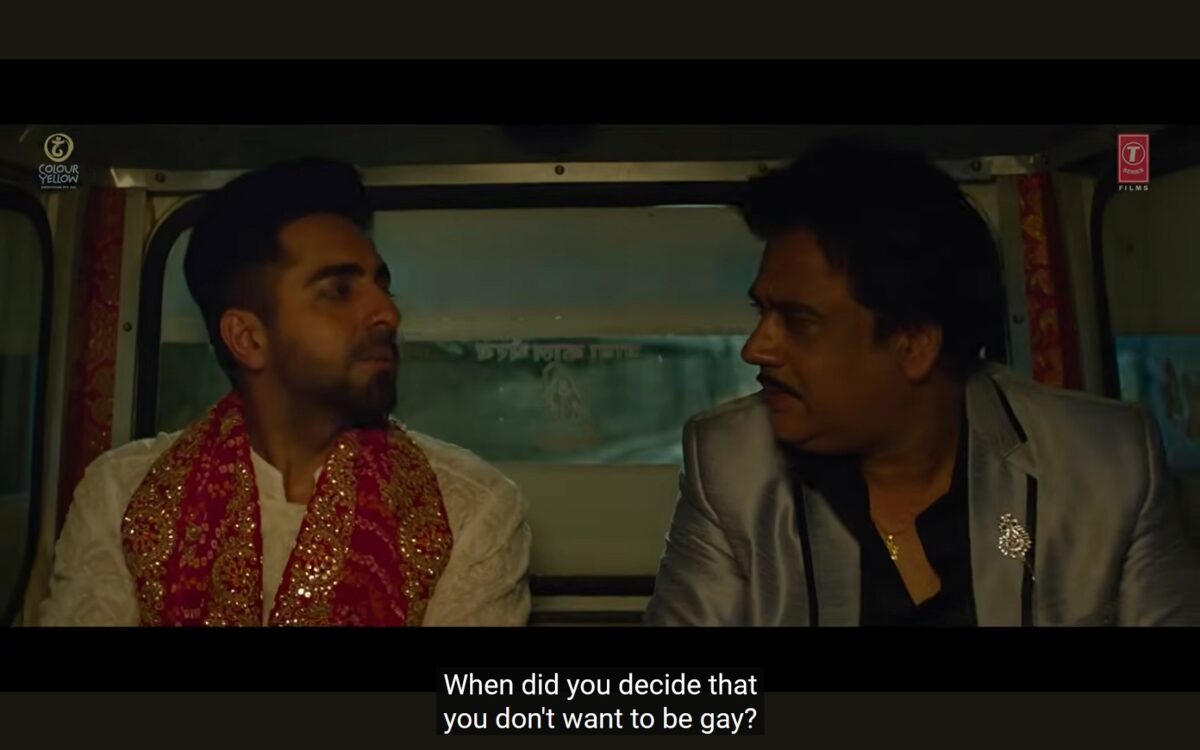
Though topics pertaining to sexuality, gender, and desire are openly discussed in New Bollywood cinema, the social message in such conversations is framed as a challenge to conservative norms and normative gender identities that exist in ordinary, middle-class Indian families while offering a model for reconciliating these seemingly opposing values. For instance, Shubh Mangal Zyada Saavdhan (2020) addresses a gay couple’s struggle to be accepted by their families. The narrative frames LGBTQ+ experiences and desires as unfamiliar to most ordinary Indians. In a scene that is also featured at the start of the trailer, the explicit reference to male, gay sexuality is paired with the incomprehension of a family member whose conception of same-sex desire is so diffuse that he has no words for it (he consistently refers to it as “yeh” or “this”). In this scene, the Anglophone term “gay” as a label for same-sex desire is introduced to both characters and audiences in a comedic way that counters the medicalized language of queer desire and the prohibition against public discussions of sex and sexuality (figs. 3–5). The story of Shubh Mangal Zyada Saavdhan addresses anxieties about how queer subjects might pose a challenge to the institution of the heterosexual family and to normative male identities. The male patriarch no longer has the same authority as the younger, gay male subjects who wear earrings and flaunt their sexuality through public kissing and rainbow flags (fig. 6). But despite the novelty and the potential controversy of the topic, the narrative serves to illustrate how LGBTQ+ subjects can be integrated into the social world of the film. In fact, the plot treats “homophobia” as the “disease” that threatens modern Indian society (fig. 6).

Generally, New Bollywood cinema has demonstrated a concern with social-justice issues. For instance, Shubh Mangal Zyada Saavdhan is significant for being one of the first mainstream Hindi pictures with an explicit LGBTQ+ plot, and it was the first to be both produced and released after the decriminalization of homosexuality in India in 2018—a historical event that garnered extensive coverage in international newspapers and by global LGBTQ+ movements. This judgment is also cited directly, and repeatedly, in Shubh Mangal Zyada Saavdhan’s promotional material and in its dialogue. In the last few decades, a country’s ability to guarantee its LGBTQ+ subjects equal citizen rights has become an important way to build a positive image as evidenced by the discourse around pinkwashing by nation-states and during mass-mediatized, global cultural events like the Olympics and Eurovision. Both the landmark ruling and its invocation in a globalized screen text serve to publicize modern India’s progressive sexual politics.
Globally, perceptions of national development are often connected with a state’s ability to guarantee vaguely defined “liberal values” and “human rights.” India’s claim to be a modern, well-developed state hinges on its ability to address the stigmatization attached to these taboos and desires while integrating historically marginalized subjects into the modern nation-state. In this context, New Bollywood’s capacity to fold diverse subjects and topics into its vision of modern India through publicity, narrative, and aesthetics plays a crucial part in shoring up India’s global image—even more so as New Bollywood cinema, now frequently financed by multinational companies, often becomes accessible to a broadly conceived liberal, cosmopolitan audience on digital platforms like Netflix, Amazon, and Disney+ after playing in multiplexes in malls in India.
The global significance of New Bollywood and its orientation toward social-justice narratives is further illustrated by considering the labor of its stars who are mobilized to perform cultural diplomacy at events in India and abroad. In 2023, Ayushmann Khurrana was recognized in the American news magazine TIME’s list of “100 Most Influential People” for the second time in less than five years. TIME’s rationale for including Khurrana stresses the actor’s history of playing characters that run counter to gendered stereotypes and his commitment to stories that push middle-class social mores by explicitly addressing societal taboos. Furthermore, the magazine highlights how Khurrana’s filmography is complemented by his off-screen social-justice work, such as his appointment by UNICEF India as a national ambassador to support children’s rights.3Astha Rajvanshi, “Ayushmann Khurrana Is a Bollywood Star Like No Other,” TIME, September 12, 2023, https://time.com/6313013/ayushmann-khurrana-time100-impact-awards/. Extending the brand of the star to the nation, Khurrana’s global persona thus underwrites the image of a socially progressive India.
New Bollywood and Commodity Culture
The emphasis on progressive social values, both the actor’s and as expressed within the films, discursively vanish New Bollywood’s entanglements in a commodity culture that nevertheless permeates both screen texts and wider visual culture. The setting of New Bollywood cinema is often deeply localized, with stories taking place in named suburbs of metropoles or bigger cities in northern India: Chandigarh, Haridwar, Bareilly, Allahabad, etc. The diverse geographical locations are supplemented by scenes in call centers, marketing offices, and glossy malls housing national and international brands that produce a cultural imaginary of a nation fully integrated into global financial and technological systems. The stories also illustrate the entanglement between local spaces and the global economy through snappy, intertextual dialogue that invokes imaginaries of a global India that is technologically, socially, and economically advanced. To take three examples from Khurrana’s filmography: in his debut film, Vicky Donor (2012), Khurrana’s character’s usefulness as a sperm donor is contextualized through his enjoyment of shopping, and on two separate occasions, he is stalked at a mall; in Chandigarh Kare Aashiqui (2021), Khurrana’s character encourages audiences to look up the rating of his gym on the search engine Just Dial; and in Shubh Mangal Zyada Saavdhan, the main characters work in a mall, where they promote toothpaste. Service-oriented jobs and real, recognizable brands embedded in the storylines reconfigure commodity culture as a realist aesthetic that undergirds the social worlds of the characters in the film.
The Bollywoodization of Bombay cinema into a global cultural industry in which identity is commodifiable has enabled an aesthetic shorthand for representing these new subjects in a way that risks flattening the radical political possibilities of New Bollywood’s new representational practices. Specifically, by attending to the emphasis on commodity culture in the films, we recognize a flattening effect as historically marginalized subjects and family patriarchs are addressed equally as middle-class subjects, united by their capacity to participate in commodity culture. Queer subjects move through spaces just as frictionlessly as non-queer subjects because access to malls, cafes, and white-collar jobs are all conditioned on the ability to buy access. The commodified approach to identity representation means that difference is simply something that is “named” rather than an occasion for coalitional, intersectional politics as feminist scholar activists like Sharmila Rege have called for.4Sharmila Rege, “Dalit Women Talk Differently: A Critique of ‘Difference’ and Towards a Dalit Feminist Standpoint Position,” Economic and Political Weekly 33, no. 44 (1998): WS39–46. Taking Khurrana’s social-message filmography as an example highlights how New Bollywood’s additive approach to diversity is often only skin-deep.
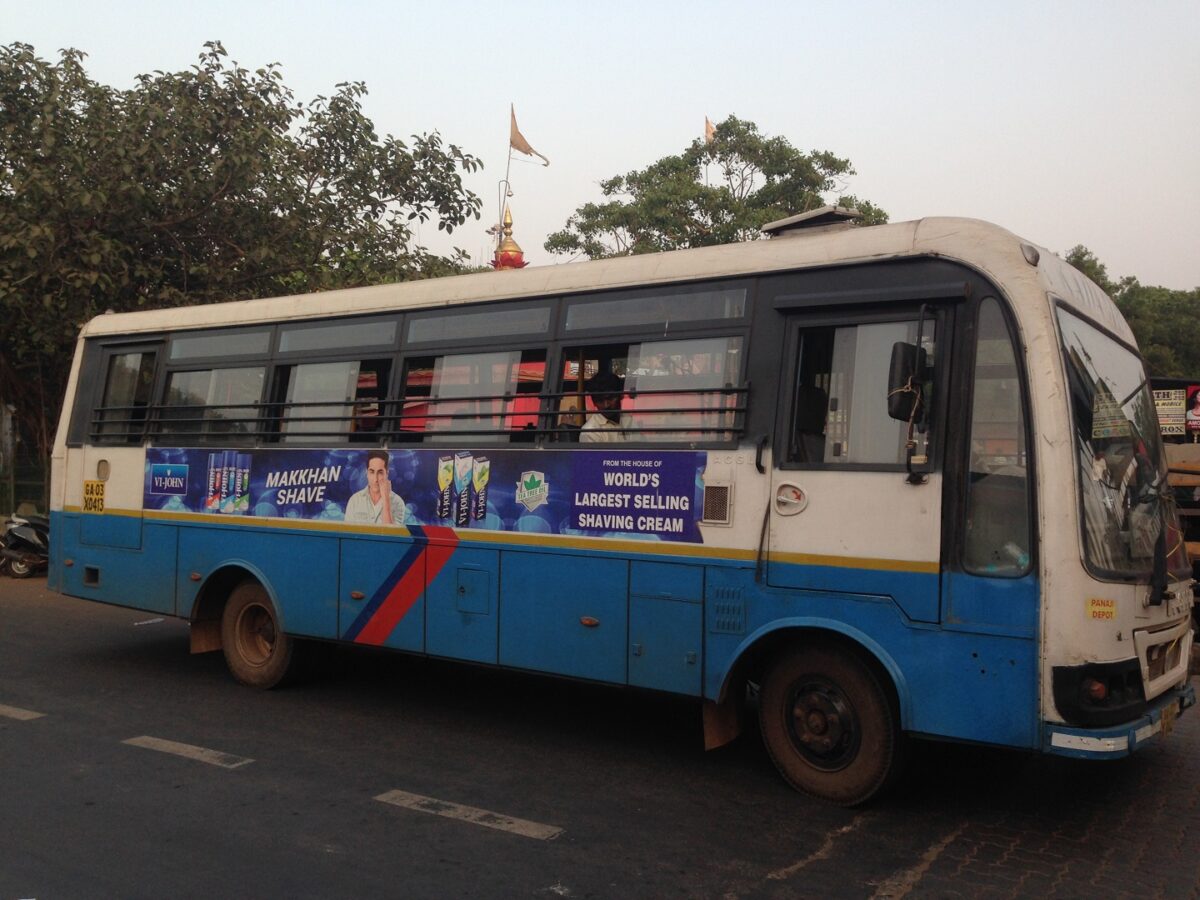
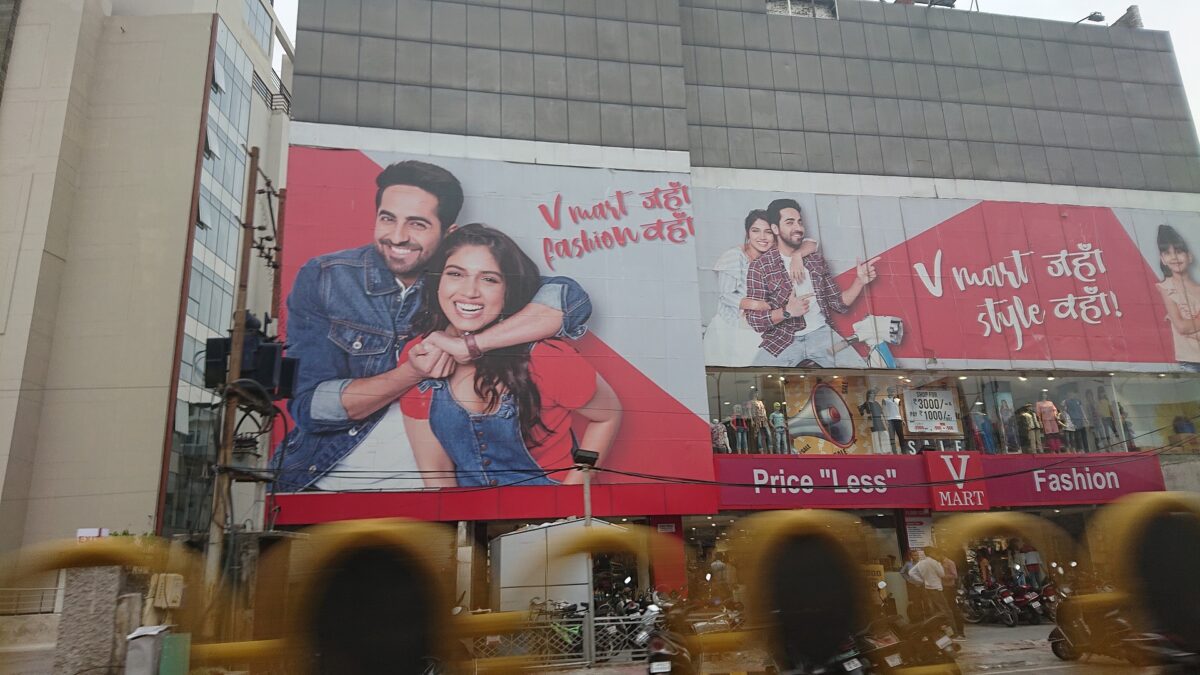
Moreover, the emphasis on commodity and consumption in the cultural imaginary of New Bollywood extends from the cinematic screen into a broader, everyday visual culture in which New Bollywood’s brightest stars advertise consumer goods and—sometimes—developmental government campaigns. For instance, if you had visited India in the latter half of the 2010s, you might have been greeted in the airport by signs and billboards of actor Akshay Kumar advertising tiles by Kajaria. Notably, Kajaria’s tagline promises that tiles made from the soil of the land will build the country (“desh ki mitti se bani tiles se, desh ko banate hai”).5Akshay Kumar is widely recognized as a mouthpiece for the current Hindu right-wing government in India. See, for instance, Bhavya Dore, “The Player: Akshay Kumar’s Role as Hindutva’s Poster Boy,” The Caravan, January 31, 2021, https://caravanmagazine.in/reportage/akshay-kumar-role-hindutva-poster-boy. Similarly, train stations and urban roadsides were covered with advertisements featuring then-newlywed actress Anushka Sharma and cricketer Virat Kohli promoting bridal wear and steel for building a “home.” Pictures of yet another acting couple, Ranveer Singh and Deepika Padukone, promised domestic bliss through choosing the right washing machine. Likewise, Khurrana is among these stars. Indeed, you might see his face plastered along the length of buses as he endorses the right shaving cream (fig. 7) or on buildings (along with actress Bhumi Pednekar) selling affordable fashion to the young and hip (fig. 8), and his ads for the smartphone brand realme (fig. 9) might be screened in the multiplex before the start of the film and during the intermission—a place only accessible by passing through a security check that bars those less likely to have money from entering.
The cultural imaginary of New Bollywood cinema and its stars participates in a larger political project of modern India in which the middle-class subject is mobilized to perform citizenship through consumption. Whereas the cinema activates consumption in conjunction with social messages as a way to promise citizenship and a stake in the cultural imaginary for all who can afford it, in the ads, commodity culture equates individuated social and economic development with the prosperity of the nation. By thinking of New Bollywood as a global cultural industry that operates across screen texts and diverse local and global star-driven discourses that circulate in everyday spaces, we can understand how diverse vectors come together to produce a cultural imaginary in which new gender and sexual identities are integrated into the vision of the modern nation-state through a vocabulary of middle-class commodity culture. But so long as belonging is conditioned on flattening lived experience into a commodifiable identity, this acceptance is not only superficial but also risks foreclosing more radical political possibilities.
- 1Ashish Rajadhyaksha, “The ‘Bollywoodization’ of the Indian Cinema: Cultural Nationalism in a Global Arena,” Inter-Asia Cultural Studies 4, no. 1 (2003): 25–39.
- 2See Rupal Oza, The Making of Neoliberal India: Nationalism, Gender, and the Paradoxes of Globalization (New York: Routledge, 2006).
- 3Astha Rajvanshi, “Ayushmann Khurrana Is a Bollywood Star Like No Other,” TIME, September 12, 2023, https://time.com/6313013/ayushmann-khurrana-time100-impact-awards/.
- 4Sharmila Rege, “Dalit Women Talk Differently: A Critique of ‘Difference’ and Towards a Dalit Feminist Standpoint Position,” Economic and Political Weekly 33, no. 44 (1998): WS39–46.
- 5Akshay Kumar is widely recognized as a mouthpiece for the current Hindu right-wing government in India. See, for instance, Bhavya Dore, “The Player: Akshay Kumar’s Role as Hindutva’s Poster Boy,” The Caravan, January 31, 2021, https://caravanmagazine.in/reportage/akshay-kumar-role-hindutva-poster-boy.
